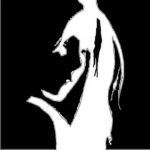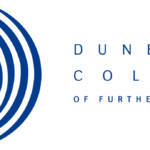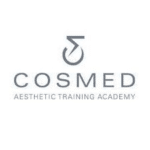Hair removal may be just one element of beauty care, but it is a service in high demand. Both men and women have unwanted hair removed from their bodies.
There are two major categories of hair removal methods: depilation and epilation.
Depilation removes hair from the surface of the skin. Shaving and using hair removal cream are both types of depilation. If you’ve done either of these, you’ll know that hair regrows quickly.
Because of this, many people prefer something that last longer. Epilation removes the entire hair, including the part below the skin. The most common methods are waxing, threading and plucking as well as epilation devices.
Waxing
Most beauty therapy courses include waxing modules. Specific advanced courses are also available. A hair removal course will teach more than just the different processes. A great deal of attention is also given to topics like hair anatomy, hair growth cycles, health and hygiene, communication, first aid and the endocrine system. Students will typically learn to wax the bikini line, lower and upper leg, lip, chin, forearms and eyebrows.
Laser hair removal
Permanent hair removal is the preferred option for many. Although waxing is effective and longer lasting than shaving, it is still only temporary. Waxing requires regular maintenance, which can be inconvenient and costly. As a result, more and more clients are opting for laser hair removal or electrolysis.
Laser hair removal became commercially available in the mid 1990s. Intense Pulsed Light (IPL) epilators use xenon flash lamps that emit full spectrum light to eradicate the hair. Most clients need 6 to 8 sessions to keep the entire area clear. However, some people also need touch-up treatments. Most salons offer a free consultation where potential customers can have their skin and hair tested for suitability. IPL works best on people with dark hair and pale skin.
Electrolysis
During electrolysis the beautician inserts a fine needle into each hair follicle and switches on a low electric current which prevents any further growth. Since it treats just one hair at a time, electrolysis is best for smaller areas, like eyebrows or upper lip, where precision is necessary. It usually takes many treatments to complete a large area. In addition, the cost and discomfort are such that electrolysis is rarely used for large areas.
A cheap, painless and effective way of erasing hair is yet to be invented. Until it is, people will continue to flock to beauticians specialising in hair removal.
For beauty care courses across Ireland, please click here.

















